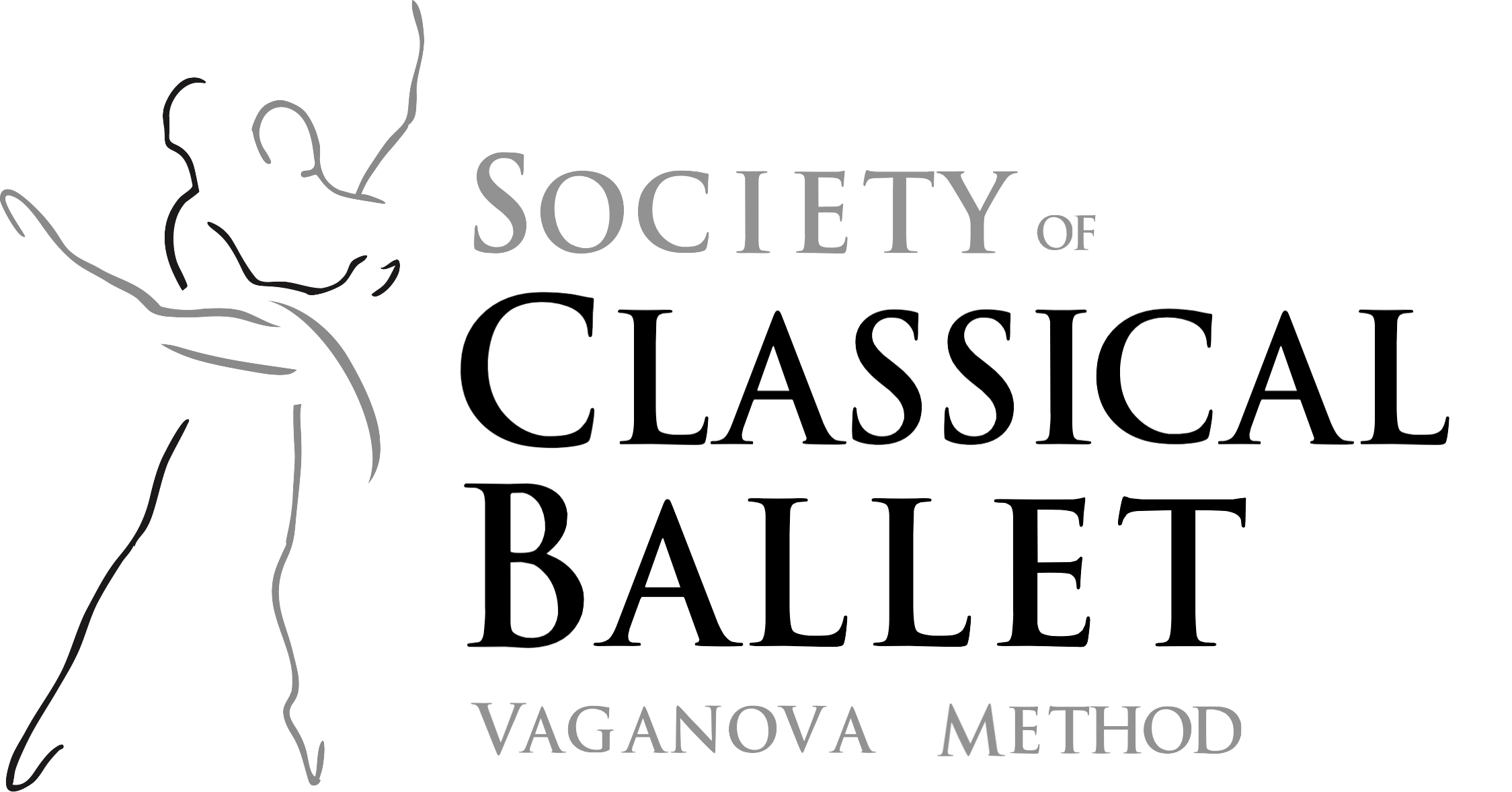Teaching Certification
To enter students for dancer examinations teachers must first obtain certification from the Society of Classical Ballet – Vaganova Method. The Society offers five levels of Teacher’s examination and certification. For further information about teacher certification please see the Membership page of the website.
Syllabus Preparation & Presentation
Levels Primary through Four are comprised of a series of set exercises. This format changes quickly in the following years of training. From Level Five onward teachers are required to choreograph all exercises and combinations from the list of technical elements and their requirements for each syllabus level. Teachers are responsible for providing and selecting the appropriate music for their examination material. These unique features, among examining societies, ensure that teachers are not only creatively involved in their students’ growth, but their own development as well. In all levels teachers are given numerous options and choices in the presentation of syllabus elements.
Examination Procedure
To create a rewarding and friendly examination experience the Society offers a unique exam procedure. From Levels Primary through Seven students may enter examination sessions from groups of one to six students. In Levels Eight to Pre-Professional students are examined in groups of up to four candidates. In all examinations teachers accompany their students into the examination room and conduct the class.
Successful candidates receive a certificate, which includes their mark, and from Levels Primary through Four a medal of achievement. From Level Five onward successful students may purchase their medal of achievement. For explanation of examination marks please see the Examination Results page.
Our examination procedure offers all students the option of full detailed comments, which evaluate their technical and artistic execution of the required elements for that level at no extra cost. Teachers may choose from three types of feedback for students – full comments with writers, comments without writers and marks only.
To facilitate the full comments option, two writers, provided by the host school, accompany the examiner into the examination room. This feature allows the Society to provide each student with comprehensive individualized feedback. If a teacher chooses comments without writers, students will receive more abbreviated comments notated by the examiner during the examination. Comments sheets provide the teacher with valuable information regarding their students’ performance and technical execution. They supplement the teacher’s instruction and assist parents in a greater understanding of the work based on national and international standards.
Teachers will also receive feedback regarding their interpretation of the syllabus elements. Teachers have found this a valuable learning tool to assist their deeper understanding of the syllabus and its artistic goals
Gender Equity Statement & Policy
Due to the traditions of classical ballet, gender identity, whether male or female, is only an assumed role for the purposes of representing classical repertoire on stage, in examinations, during enchaÎnements or in variations.
The Society of Classical Ballet – Vaganova Method believes that when training for examinations, any person may dance any steps or roles that resonate with their self-identity, regardless of the history or intended gender of the part danced.
Examination candidates with the Society will be accepted as presented to us. Certificates and all other related awards and documents will conform to a non-gender specific style.
In accordance with the Society’s Gender Equity Policy, students will have the option to declare whether they will be executing either the traditional male or female curriculum during exams. Note that the curriculum for that traditional gender must be shown in its entirety. If a student is choosing a gender that is not their birth gender, this choice must be declared when the host school or teacher submits the Dancer Examination Candidate List.
Port de bras is the most difficult part of the dance, requiring the greatest amount of work and concentration. Perfect control over the arms is an immediate indication of a good school. – Agrippina Vaganova from Basic Principles of Classical Ballet page 44
